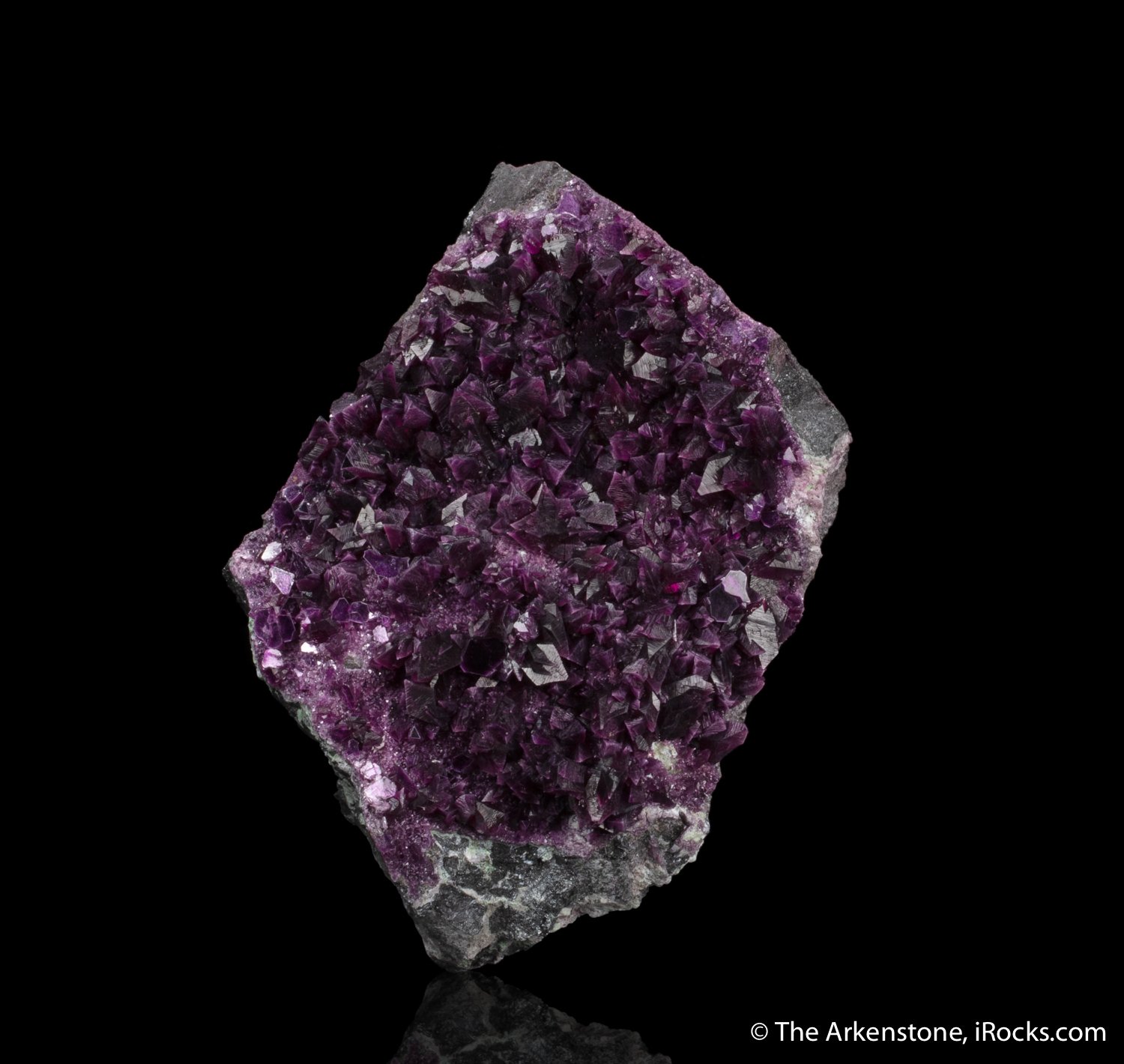Kämmererite Value, Price, and Jewelry Information
A beautiful but rare mineral, kämmererite is extraordinarily difficult to facet. As a result, the availability of cut gems is severely limited. A few clean, well-cut gems do exist — a testimony to the perseverance of hobbyists!
1 Minute Read
A beautiful but rare mineral, kämmererite is extraordinarily difficult to facet. As a result, the availability of cut gems is severely limited. A few clean, well-cut gems do exist — a testimony to the perseverance of hobbyists!
Start an IGS Membership today
for full access to our price guide (updated monthly).Kämmererite Value
Comments
A chromium-bearing (Cr) variety of clinochlore, kämmererite shows red to purplish red colors. All clinochlores belong to the chlorite group. Of these minerals, faceters have only rarely cut kämmererites and sheridanites as gemstones.
However, cutting kämmererites isn't easy, because this material is micaceous. It will easily separate into thin sheets or layers known as laminae, which actually have a flexible tenacity. Kämmererites also have perfect basal cleavage, so they have a tendency to split when struck. Adventurous faceters would have to handle these stones with great care.
Gemstone aficionados would have to be even more adventurous to wear finished kämmererites as jewelry stones. They have a hardness of just 2 to 2.5. If you wore a kämmererite ring, a copper coin in a pocket or purse would scratch the gem. A more pervasive hazard, household dust (with a hardness of 7) would scratch it even more easily.
In mineralogical references, you may find these stones referred to as chromium-bearing clinochlores rather than kämmererites. Nevertheless, "kämmererite" is an accepted name.
Identifying Characteristics
Kämmererites have a low birefringence (0.003), and faceted specimens may have a very poor polish due to their low hardness. As a result, some faceted specimens may appear to be singly refractive when examined with a refractometer. Use a polariscope or dichroscope to confirm if such a stone is actually doubly refractive.
Synthetics
No known synthetics or enhancements.
Sources
Turkey is the main source of facetable material. The province of Erzurum produces distinct crystals.
India has produced some material that has been cut into cabochons.
Other notable sources include the following:
- Russia: Lake Itkul, near Miask.
- United States: California; Pennsylvania; Texas.
Stone Sizes
Facetable material is quite rare and always small. Minute gems, 1-2 carats, have been cut from Turkish material.
Care
You're more likely to find kämmererites in a mineral collection than a jewelry collection. Have a jeweler mount them in protective settings and reserve any jewelry pieces featuring these gems for occasional wear. Store them separately from other harder jewelry stones to prevent contact scratches.
Clean kämmererites only with a soft brush, mild detergent, and warm water. Consult our gemstone jewelry cleaning guide for more recommendations.
Joel E. Arem, Ph.D., FGA
Dr. Joel E. Arem has more than 60 years of experience in the world of gems and minerals. After obtaining his Ph.D. in Mineralogy from Harvard University, he has published numerous books that are still among the most widely used references and guidebooks on crystals, gems and minerals in the world.
Co-founder and President of numerous organizations, Dr. Arem has enjoyed a lifelong career in mineralogy and gemology. He has been a Smithsonian scientist and Curator, a consultant to many well-known companies and institutions, and a prolific author and speaker. Although his main activities have been as a gem cutter and dealer, his focus has always been education. joelarem.com
International Gem Society
Related Articles
An Introduction to Turkey’s Gemstones
Black Diamond Value, Price, and Jewelry Information
Chameleon Diamond Value, Price, and Jewelry Information
Gray Diamond Value, Price, and Jewelry Information
Latest Articles
800 Years of Mogok: A Celebration in Tenuous Times
What is the Average Gemstone Faceting Yield?
Pyroxmangite Value, Price, and Jewelry Information
How to Identify Emerald Simulants and Synthetics
Never Stop Learning
When you join the IGS community, you get trusted diamond & gemstone information when you need it.
Get Gemology Insights
Get started with the International Gem Society’s free guide to gemstone identification. Join our weekly newsletter & get a free copy of the Gem ID Checklist!
